Have a look at this painting called The Persistance of Memory by the famous surrealist Salvador Dali. How does it capture you? Does it even draw your attention at all?

Many people find this painting captivating and definitive of the surrealistic movement in art. Here you have something familiar and distinctive - a clock. Clocks of this sort are usually found hanging on walls; yet here one is melting whilst hanging from the branch of a dead tree. Taking something out of context and superimposing it into an artificial environment is one aspect of surrealism. Even though it is sometimes said that 'a picture is worth a thousand words', this concept in relation to application of the Varnasrama culture in modern times is what I want to focus on in this article.
To help us to understand the four different divisions of varna Srila Prabhupada gave us the analogy of a human body. He likened the head of the body to the brahmanical or intellectual class of people. The arms of the body are compared to the ksatriya or administrative/warrior type of person. Just as arms can be used to activate, enforce and defend - the ksatriya class dutifully protects and administrates social injunctions under the guidance of the intellectual class. The vaisyas are like the stomach of the body. Those in this merchantile order are expected to generate an economy based on agriculture and are also expected to protect cows. The sudras are considered to be the legs of the body rendering their service by performing labour in support of the other social divisions.
Thus all four social divisions function as a whole just as the different parts of the body comprise a singular entity. So, despite that the four varnas are considered divisions of human society, they are inseperable and inter-dependent. To try to take the head, for instance, without the stomach renders a useless body. This is called ardha-kukkuṭī-nyāya, "the logic of half a hen" wherein one is impressed by the egg laying capacity of one part of the chicken but not so enthusiastic about the head which requires to be fed - so the logic is to chop off the head to remove the unwanted part .
Acknowledging the correlation between the four varnas, the question then arises "Does the existence of one particular class of people depend upon the existence of the other three?" The answer is plainly, "No". A head is a head just like a brahmana is a brahmana like a clock is a clock. Obviously an individual with distinctive intellectual capacity is who he/she is. Division, therefore, of a group of people into different classes of society solely according to their innate qualities and abilities is feasible.
"Do the activities of one particular social order depend upon the activites of the other three?" This is an entirely different question altogether. Previously we questioned whether or not a brahmana could exist without the other types of people. Why not? "Can, though, a brahmana perform his function without the other social orders?" Not sustainably. This is largely due to performing their function out of context - just like the clocks in the image above. We can say - brahmana - but if the brahmana's activities are not beneficial what to speak of in consideration of the complete social body then this definition falls into the realm of the surreal.
Article continued at: www.gopala.org/node/29
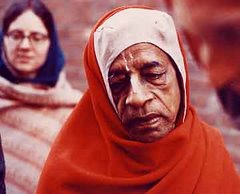
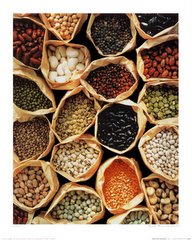
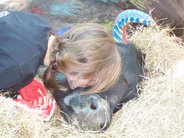
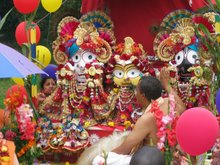



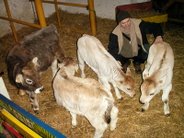
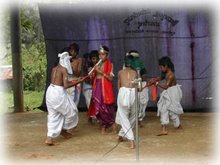
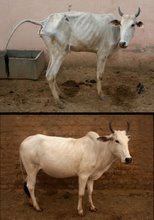
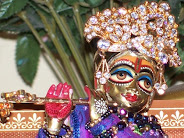


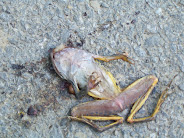
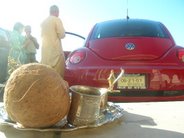




No comments:
Post a Comment